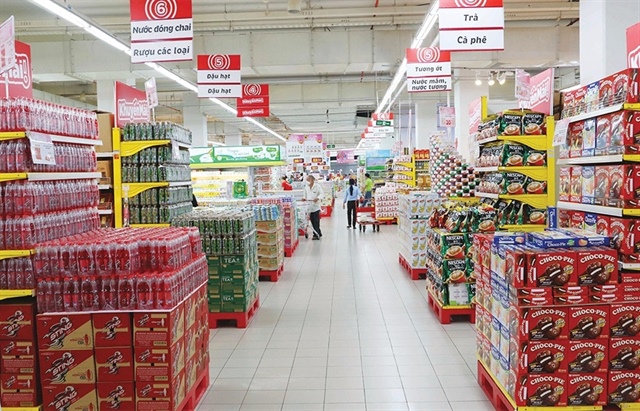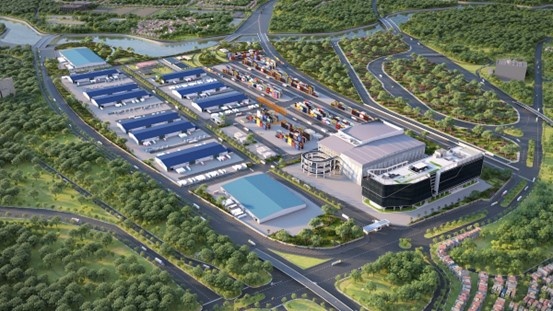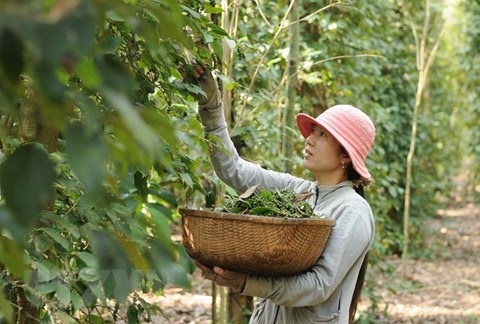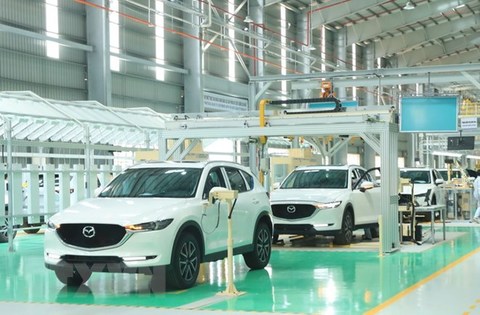How ‘white gold’ plunges Vietnamese farmers into dire straits
How ‘white gold’ plunges Vietnamese farmers into dire straits
Many rubber tree growers in Vietnam have been facing huge losses, as their plants failed to withstand adverse weather conditions and fetched low prices although the government initially encouraged massive rubber farming.
Many years ago, rubber trees, once described as ‘white gold’ thanks to economic benefits from their white sap, began to emerge aplenty in different regions nearer to the north of Vietnam, yielding considerable wealth for farmers who put a large amount of money they saved into the then promising white gold business.
But over the past few years, growers’ confidence in the plants has cracked noticeably when weather and price slumps cast a blight on their production.
In 2013 and 2017, two tempests swept through central Vietnam, knocking down hundreds of thousands of rubber trees in Quang Binh Province, many of which survived the first storm only to be downed by the second.
A local man named Phung Van Minh said he was stunned to know that more than half the rubber trees grown on his 5-hectare piece of land were tipped over in the 2017 storm, after he tried to stand upright the three-year-old trees downed by the earlier storm, one by one.
Disastrous storms also took a heavy toll on rubber farming in the neighboring province of Quang Tri, where plantations for rubber trees were built in many rural towns and districts.
Nguyen Thi Hua, a local resident, said she is now standing with her back against the wall as her two-hectare area for the trees was destroyed by the above tempests.
The plants failed to resist gales due to their brittle trunks, according the Quang Tri administration, which after these episodes has not expanded the land for rubber growing any longer and is looking for alternative crops instead.
Around rubber trees on 5,000 hectares of land were damaged beyond use, the administration estimated.
The scale of the negative effect did not seem to be predicted, although central Vietnam receives around 10 to 12 storms every year, according to Nguyen Ho Lam, a university lecturer.
In Son La, a province in northwestern Vietnam, rubber trees have nearly been abandoned and cut down due to their low production.
Ha Quyet Nghi, director of the provincial Department of Agriculture and Rural Development, said about ten years ago problems arose only a short time after the province had the trees planted on an area of 6,000 hectares, about 12 percent of the originally planned land.
One reason, Nghi clarified, is that rubber trees require a tropical climate while Son La has four cold months a year.
But he claimed that the project of growing the plants was not wrong from the beginning and did not come from a hasty decision, for the government had made a careful selection on the appropriate land for the cultivation.
Down-spiraling prices for rubber came to deal another painful blow.
In recent years rubber has sold at only around US$1,000 per metric ton, a steep decline from the $5,000 a metric ton in 2010, according to Nguyen Anh Tuan, director of the Department of Agriculture and Rural Development in northwestern Lao Cai Province.
Only when the unit price is above $3,000 will profit for growers be generated, as rubber trees in the province are sparsely spaced and farmers have to negotiate difficult mountain routes for latex tapping, Tuan said.
“We still consider rubber trees as multi-purpose plants. They can cover tree-denuded hills, yield latex, and provide wood when they’re old,” he added.



















